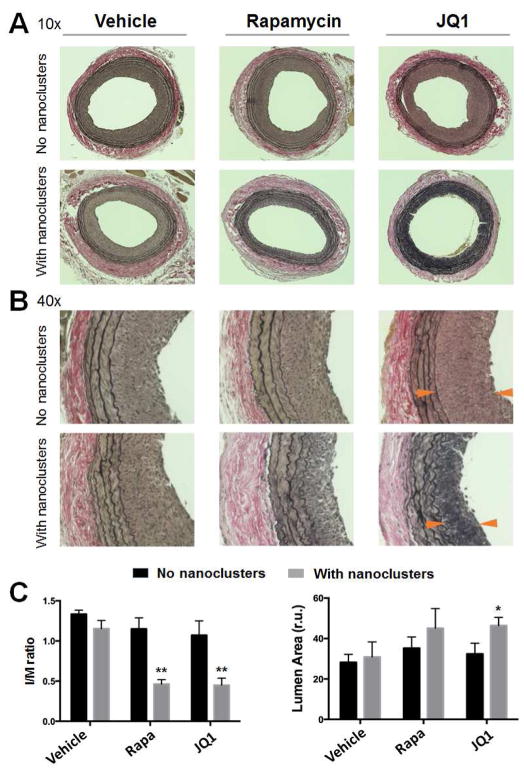Figure 4. Anti-restenotic effects of drug-loaded biomimetic nanoclusters in balloon-injured arteries.
Rapamycin- or JQ1-loaded biomimetic nanoclusters, or their respective drug-only controls (no nanoclusters) were injected into the rat tail vein right after the carotid artery angioplasty. The injection was repeated 4 days later. Injected additional controls included PBS (no drug, no nanoclusters) and empty biomimetic nanoclusters (no drug). Animals were euthanized at 14 days post-angioplasty. Arteries were collected, and their cross-sections were prepared and Verhoeff-van Gieson (VvG)-stained for morphometric analysis. Neointimal hyperplasia (IH) was measured by the intimal/medial area ratio (I/M ratio); anti-restenotic effect was reflected by an increase (versus vehicle) of the lumen area. A. Representative images (10×) of VvG-stained artery sections. B. 40X images. C. Quantification of I/M ratios and lumen areas. One-way ANOVA followed by Bonferroni post-hoc analysis was performed. Mean ± SEM, n= 6–8 rats. **P<0.01 compared to any other condition except between Rapa and JQ1; *P<0.05 compared to the vehicle control (no nanoclusters); otherwise no significance was detected.

